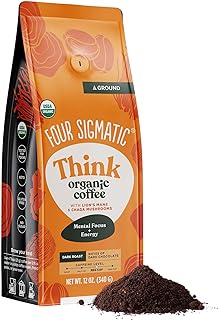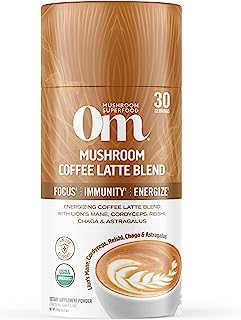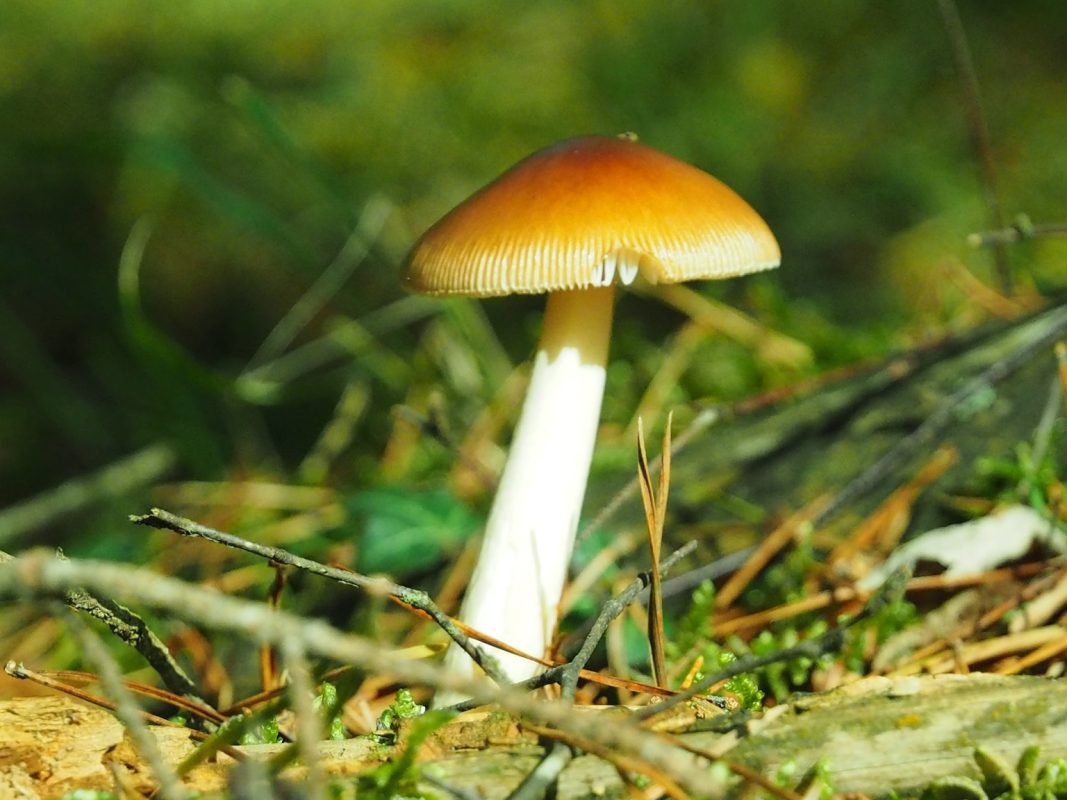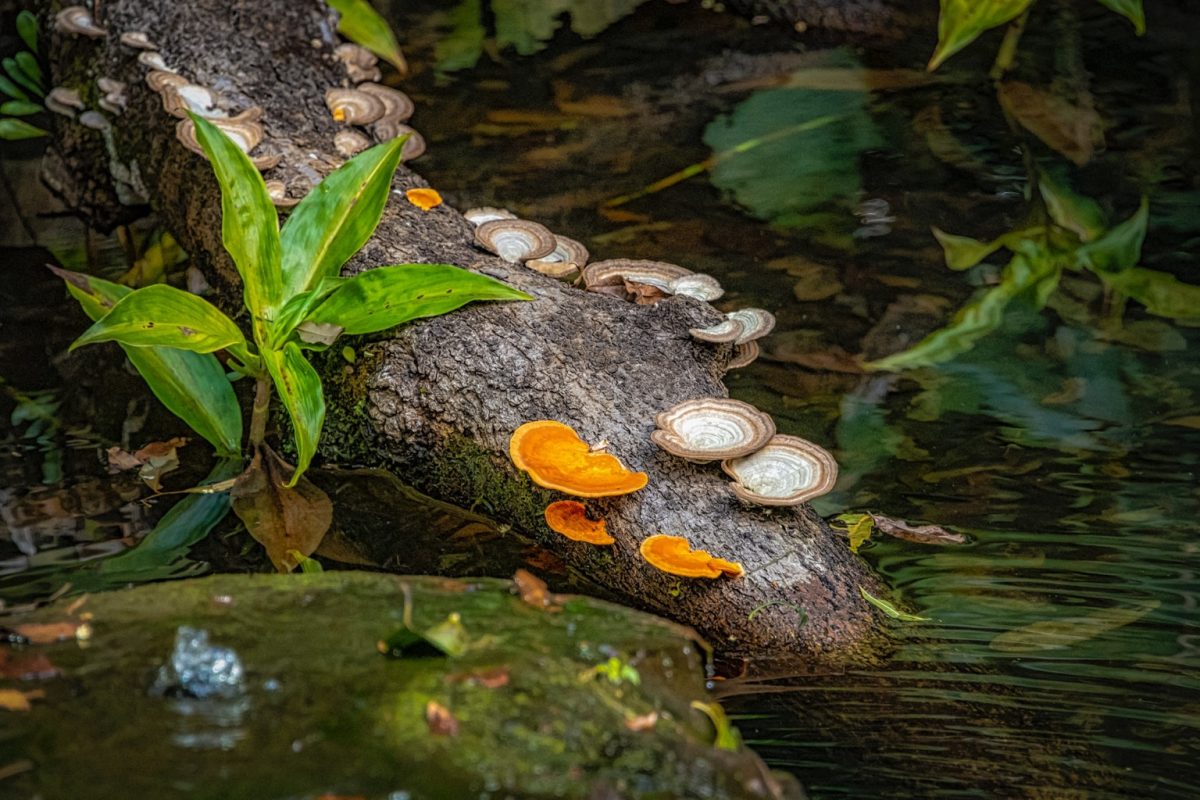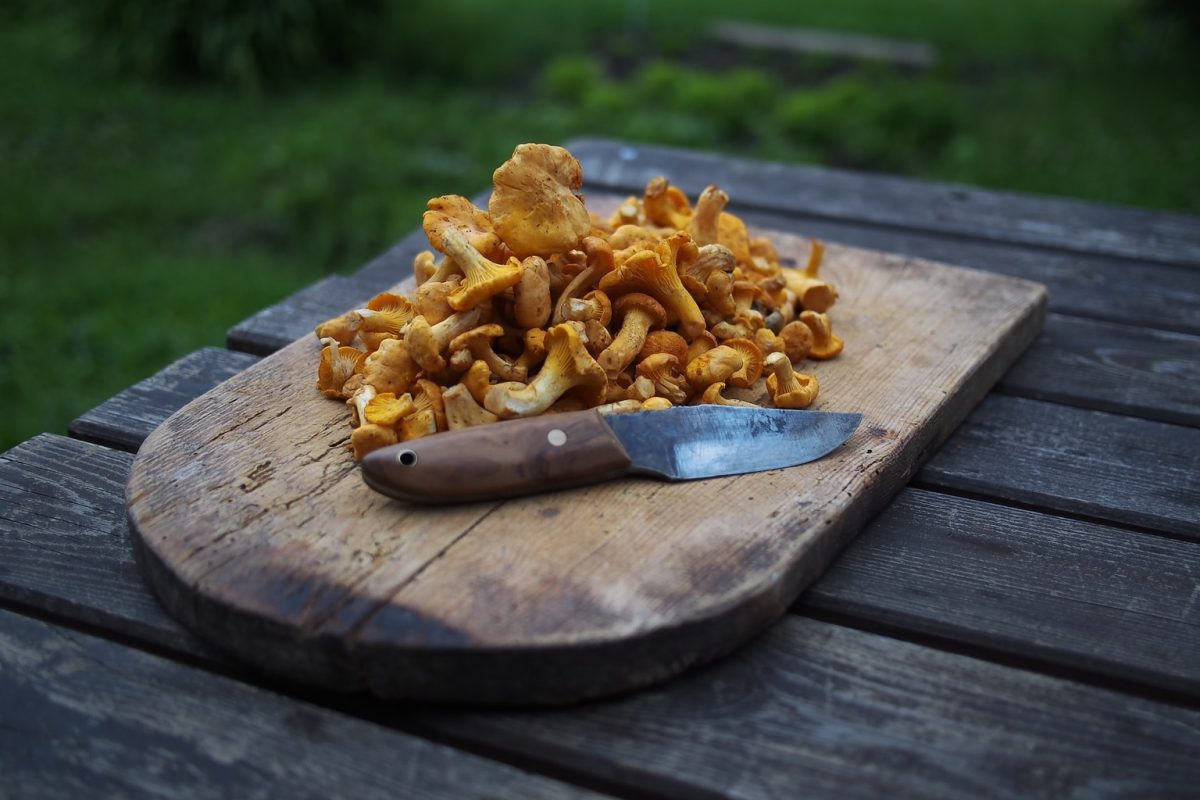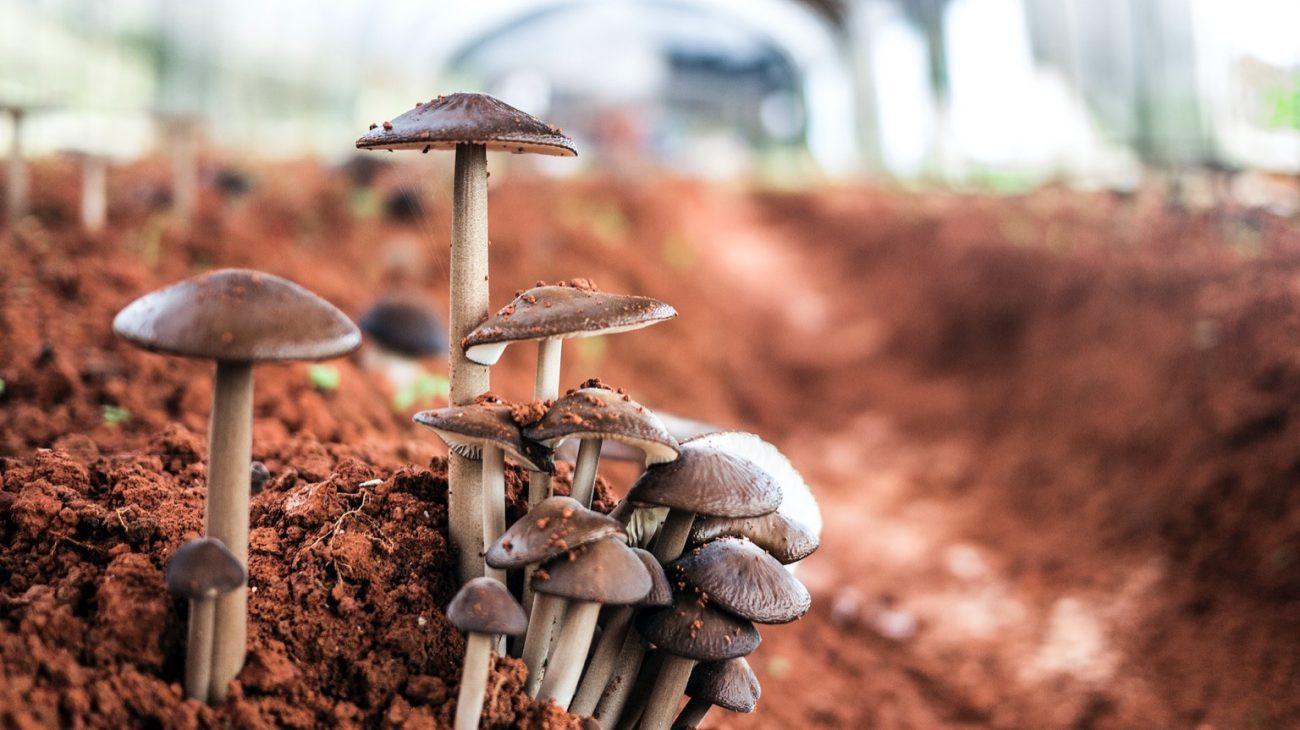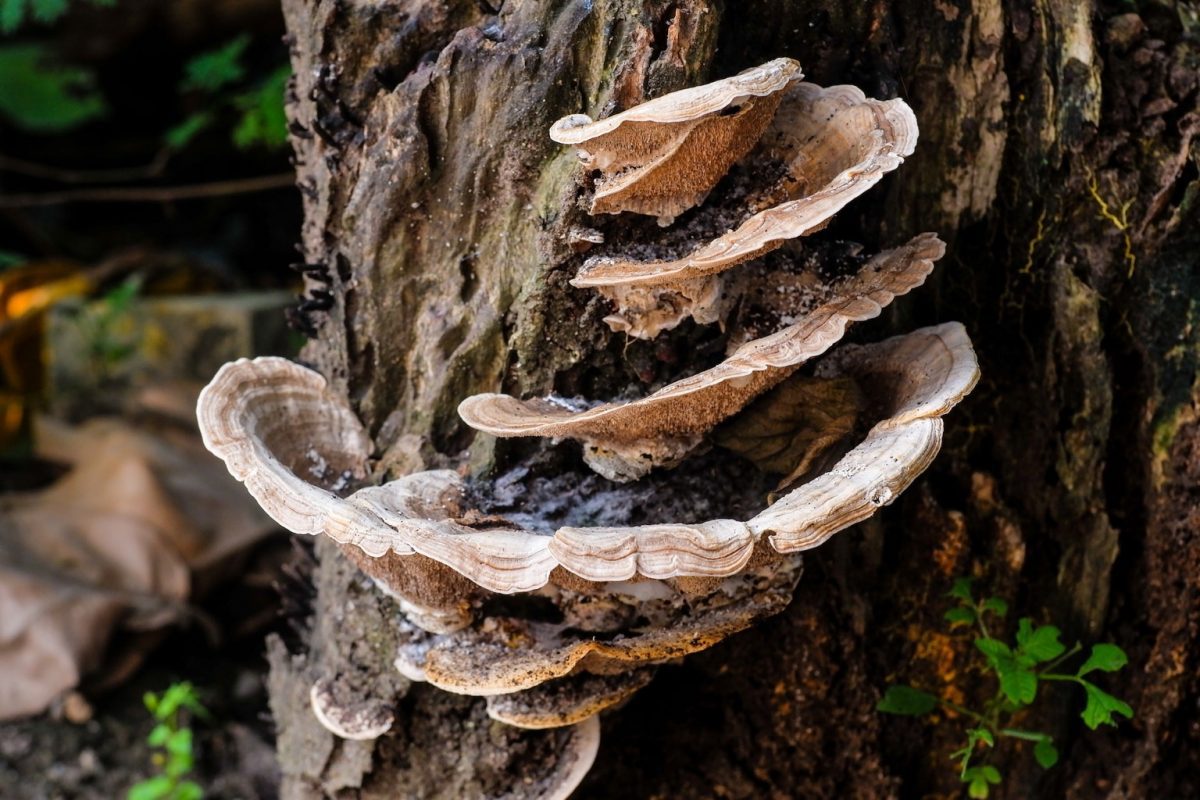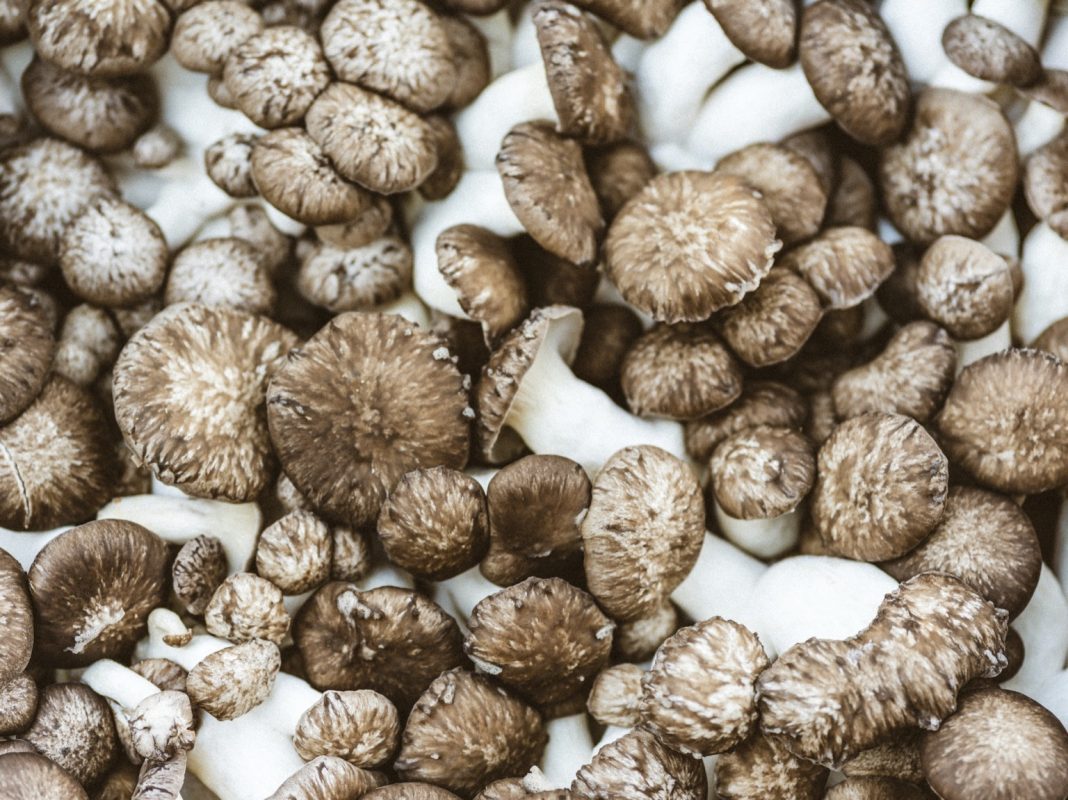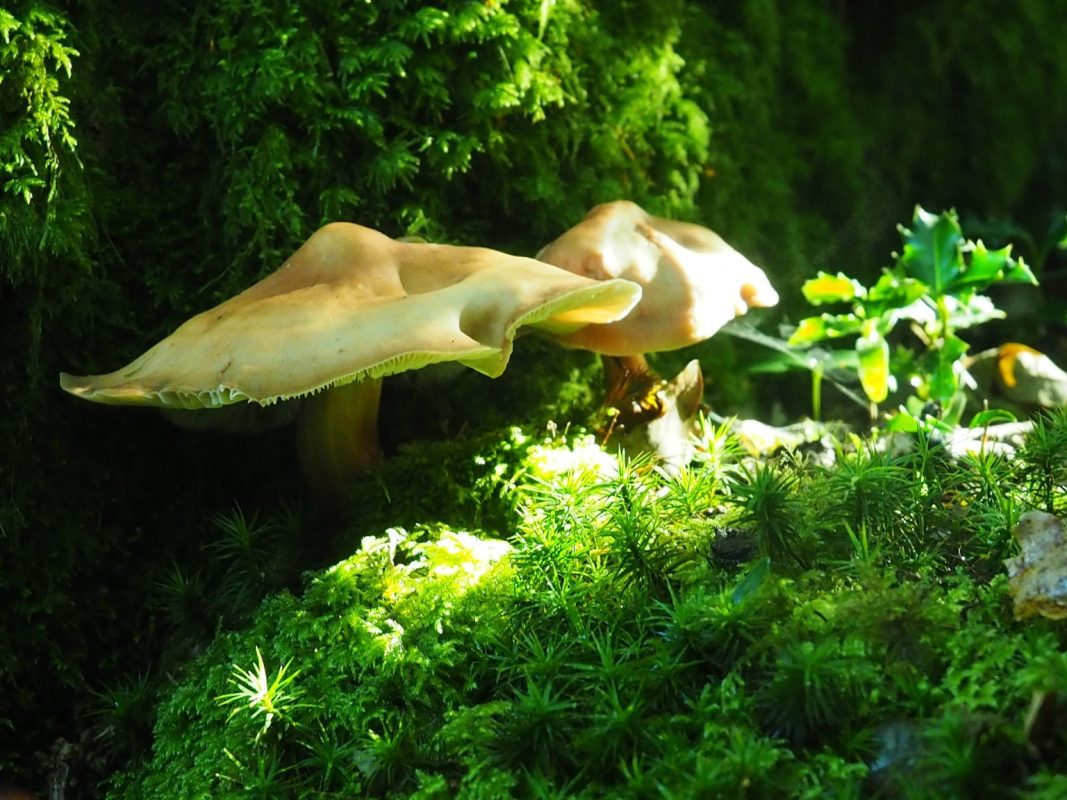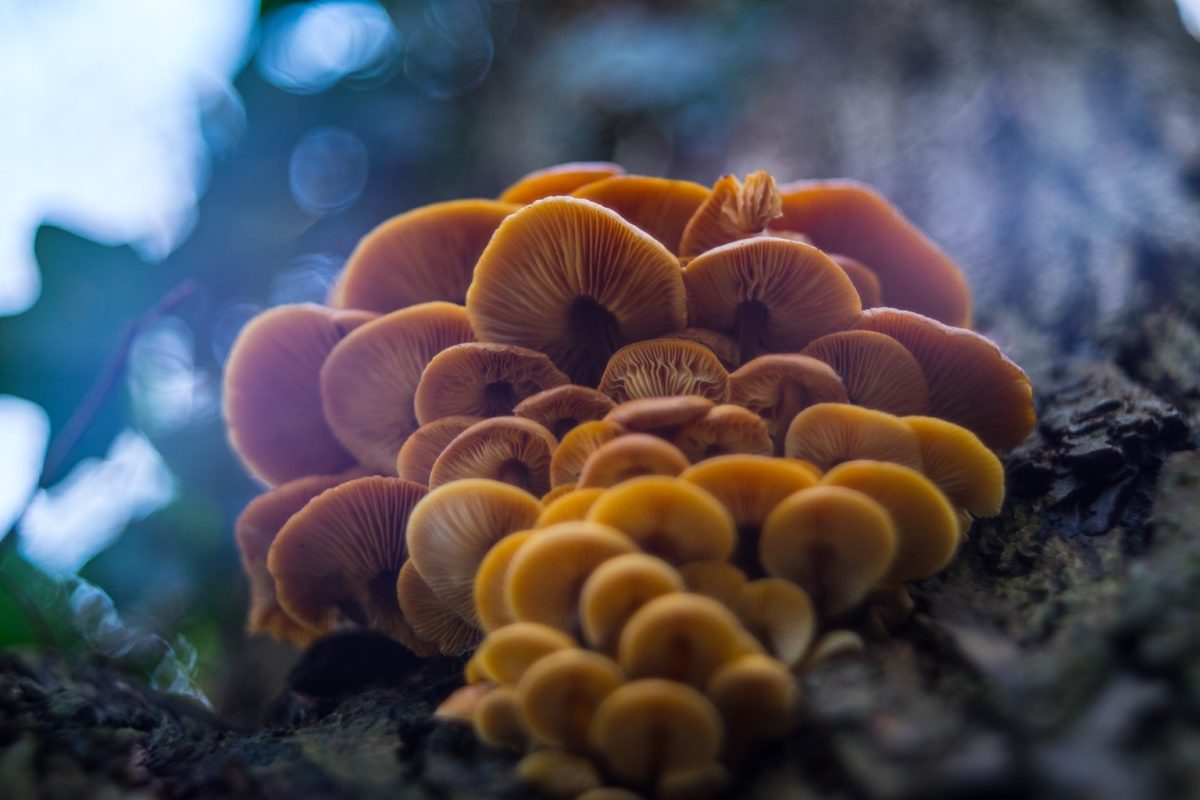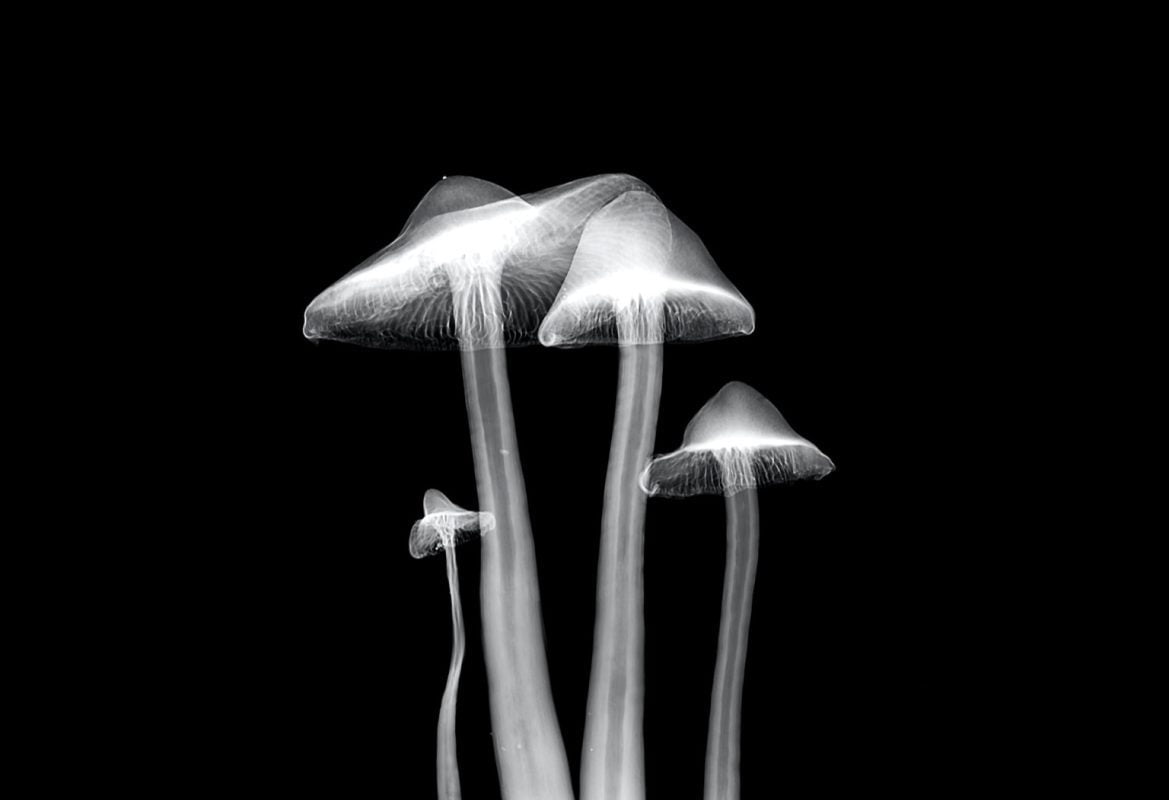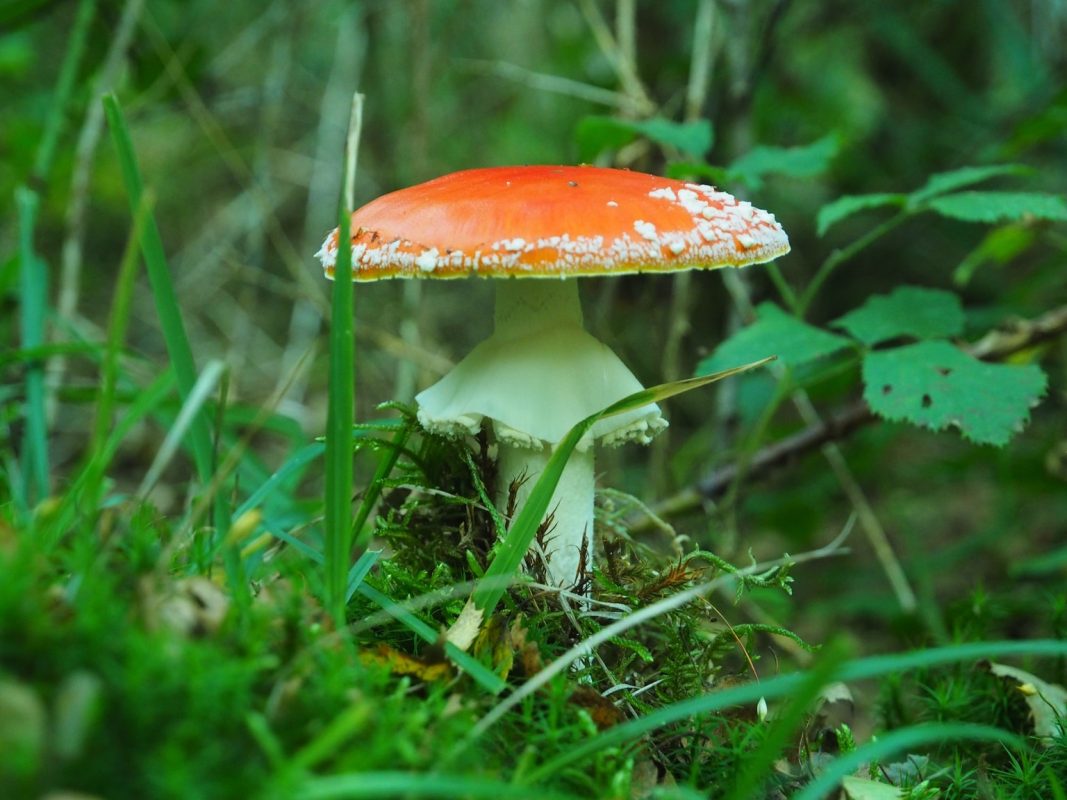Ever imagined turning your discarded coffee grounds into a vibrant, crumbling mushroom farm that not only recycles waste but also fuels nature’s magic? Welcome to the quirky, eco-chic world of mushroom farming in coffee grounds, a realm where sustainability meets creativity, and where your daily caffeine fix can transform into a mini mushroom metropolis. In this guide, we’ll dive deep into the art and science of converting coffee waste into a fertile substrate for growing a variety of mushrooms, exploring everything from practical cultivation techniques and environmental benefits to the latest trends in mushroom coffee that have mesmerized Gen-Z and millennials alike.
Quick Links to Useful Sections
- The Magic Connection: Mushrooms & Coffee Grounds
- Cultivating the Cultures: A Step-By-Step Guide
- Step 1: Collecting and Preparing Your Coffee Grounds
- Step 2: Sterilizing for Safety and Success
- Step 3: Inoculation – Introducing the Fungi
- Step 4: Incubation – Letting Nature Work Its Magic
- Step 5: Fruiting – Harvest Time!
- The Science Behind Coffee Ground Mushroom Farming
- Benefits of Mushroom Coffee: Caffeine Kick With a Fungal Flair
- Mushroom Varieties in Coffee Grounds: Choosing the Right Strain
- Oyster Mushrooms
- Shiitake Mushrooms
- Lion’s Mane
- Other Experimental Strains
- Best Practices & Troubleshooting: Keeping Your Fungal Farm Thriving
- Preventing Contamination
- Managing Humidity & Temperature
- Adjusting for Coffee Ground Variability
- Recognizing Healthy Mycelium Growth
- Sustainable Impact: Environmental and Economic Benefits
- Integrative & Holistic Approaches in the Mushroom Coffee Movement
- Resources and Community Support: Your Next Steps
- Frequently Asked Questions about Crumbling Mushroom Farms in Coffee Grounds
- Your Adventure into the World of Crumbling Mushroom Farms
The Magic Connection: Mushrooms & Coffee Grounds
At first glance, coffee grounds and mushrooms might seem like an odd couple. Yet when nature gets creative, what better duo to team up for thriving, nutrient-packed growth? Coffee grounds are rich in nitrogen and provide an excellent environment for certain mushroom species, like oyster mushrooms, to flourish. This symbiotic relationship transforms what would otherwise be discarded waste into a highly sustainable resource for urban farmers and eco-warriors.
When coffee grounds break down, they create a moist, organic-rich substrate perfect for mycelium to settle in. Mycelium, the underground network from which mushrooms sprout, loves the complexity of coffee grounds, a process that can be as much an art as it is a science. In essence, using coffee grounds for mushroom farming is not only about repurposing waste but also about harnessing nature’s own recycling system to produce delicious, nutritious fungi.
This ingenious approach is rapidly gaining popularity among environmentally-conscious individuals who seek innovative ways to reduce their ecological footprint while also enjoying a taste of nature’s bounty. Whether you’re a barista with a heap of spent beans or a home gardener eager to experiment with sustainable practices, the fusion of mushrooms and coffee grounds offers endless creative possibilities.
Cultivating the Cultures: A Step-By-Step Guide
Ready to roll up your sleeves and transform your coffee waste into a mini mushroom farm? Below is your all-inclusive guide to cultivating a thriving mushroom habitat using coffee grounds.
Looking For The Best Mushroom Coffee? You'll Love These:
Step 1: Collecting and Preparing Your Coffee Grounds
The journey begins with gathering fresh coffee grounds from your favorite local café or, if you’re a home brewer, from your own espresso machine. The fresher the grounds, the less likely they are to be contaminated by unwanted bacteria. Spread your coffee grounds on a baking sheet and let them dry out slightly, this step ensures that there’s not too much moisture that could invite mold or harmful pathogens.
Pro tip: If you’re feeling fancy, consider mixing in a bit of water to achieve the perfect texture that looks and feels similar to that of traditional mushroom substrates like straw or sawdust.
Step 2: Sterilizing for Safety and Success
While coffee grounds are naturally microbial, it’s crucial to create an environment that favors the growth of your chosen mushroom species, not competitors. You can sterilize your coffee grounds by briefly heating them in a microwave or oven. This process reduces the population of competing organisms while retaining the beneficial nutrients that mushrooms need. Make sure the grounds are moist but not soaking wet before you inoculate them with mushroom spawn.
Step 3: Inoculation – Introducing the Fungi
The next step is the invitation: it's time to introduce your mushroom spawn to the coffee ground substrate. Whether you choose oyster mushrooms, shiitake, or even lion’s mane, gently mix the spawn into the prepared substrate. Keep everything as sterile as possible by wearing gloves and using sanitized tools. This care ensures that your precious mycelium takes root without competition.
Tap into the DIY spirit, think of this as hosting a micro party for the fungi where every guest (or spore) has been hand-picked for success.
Step 4: Incubation – Letting Nature Work Its Magic
Place your inoculated coffee grounds inside a clean container or bag that allows for some airflow but retains moisture. Store the container in a dark, warm area, ideally between 60-75°F (16-24°C) for optimal mycelium growth. Over the course of several days to a few weeks, you’ll witness a white, fibrous network gradually taking over the substrate.
This incubation period is where patience meets science, it's like watching nature’s internet spread its wires, connecting nutrients in ways that make future mushroom growth possible. Keep an eye out for any signs of contamination, and ensure there is adequate ventilation to prevent excess humidity.
Step 5: Fruiting – Harvest Time!
Once your mycelium has fully colonized the coffee grounds, it’s time to trigger the fruiting phase. This usually involves exposing the substrate to fresh air, light, and a slight drop in temperature. You can achieve this by opening the container or transferring the substrate to a fruiting chamber, a setup that mimics natural conditions, providing indirect light and adequate humidity.
In just a few days, you should see small pinheads emerging, slowly evolving into full-grown mushrooms. Harvest them at the peak of freshness for the best flavor, and don’t be surprised if your friends start asking for a taste of your very own coffee ground-grown delicacies.
The Science Behind Coffee Ground Mushroom Farming
What’s the secret sauce behind this innovative method? The answer lies in the chemical and biological properties of coffee grounds. Rich in nitrogen, coffee grounds act as an excellent substrate for saprophytic organisms like mushrooms, which thrive on breaking down organic matter. Combine that with the natural antifungal properties present in coffee, and you have a balance that discourages harmful pathogens while encouraging beneficial fungal growth.
Moreover, coffee grounds have a complex structure that retains moisture while still allowing oxygen to permeate, a critical condition for mycelial expansion. Recent studies have shown that using coffee grounds in mushroom cultivation can lead to faster colonization times and healthier yields compared to some traditional substrates. In addition, the inherent acidity of coffee grounds creates a microenvironment that selectively supports the propagation of specific mushroom species, acting almost like a natural fertilizer.
Environmental scientists also highlight the potential of this technique in reducing waste. With millions of pounds of coffee grounds generated every year globally, repurposing this byproduct not only minimizes landfill impact but also fosters local, sustainable food production. The crumbling mushroom farm concept is a win-win scenario for nature and urban ecosystems alike.
Benefits of Mushroom Coffee: Caffeine Kick With a Fungal Flair
The buzz around mushroom coffee isn’t just about its innovative production, it’s about its unique flavor profile and health benefits. Unlike traditional coffee, mushroom coffee is often touted for its potential to provide a smoother energy boost, thanks to the natural adaptogens present in certain mushrooms. These adaptogens, combined with the robust antioxidants found in coffee, offer a double punch that energizes the body without the usual jitters.
Many health enthusiasts and biohackers have switched to mushroom-infused coffee for its claimed ability to improve focus, reduce stress, and boost immune function. The fungi used in these brews, like lion’s mane and reishi, are celebrated for cognitive and wellness-boosting properties. For Gen-Z and millennials, who often juggle work, study, and wellness routines, mushroom coffee represents an artisanal fusion of tradition and modern health trends.
Moreover, mushroom coffee often contains less caffeine per serving, making it a gentler alternative to your standard cup of joe. The balance of earthy flavors paired with the nuanced taste of mushrooms adds a twist that’s both unexpected and deeply satisfying, a coffee experience that challenges conventional norms while offering a nod to sustainability.
Mushroom Varieties in Coffee Grounds: Choosing the Right Strain
Not every mushroom species is cut out for life in coffee grounds. Understanding the characteristics of various strains is key to achieving a flourishing, crumbling mushroom farm.
Oyster Mushrooms
Oyster mushrooms are arguably the poster child of coffee ground mushroom cultivation. They are resilient, fast-growing, and thrive on high-nitrogen substrates. Their delicate, tender texture and mild flavor make them a favorite for culinary enthusiasts seeking fresh, locally grown fungi.
Shiitake Mushrooms
Shiitake mushrooms, known for their rich umami flavor, also adapt well to coffee grounds when mixed with supplemental substrates. Although they require a slightly longer incubation period, the reward is a more complex flavor profile that can elevate gourmet dishes.
Lion’s Mane
For those looking to tap into the cognitive-enhancing superpowers of mushrooms, lion’s mane is the way to go. This unique species not only thrives on coffee grounds but is also famed for its potential neuroprotective benefits. Its shaggy, white appearance may be unconventional, but its reputation in the wellness community is anything but.
Other Experimental Strains
Bold experimenters may venture into using lesser-known fungi, such as maitake or reishi, in a coffee substrate blend. While these strains might require more precise conditions to flourish, they offer the allure of rare, health-boosting compounds that could set your home cultivation apart from the norm.
When choosing the right strain, consider the climate, your level of hands-on experience, and your taste preferences; each variety brings its own unique story to your crumbling mushroom farm.
Best Practices & Troubleshooting: Keeping Your Fungal Farm Thriving
Like any home garden, success in coffee ground mushroom farming comes from diligence, observation, and a willingness to troubleshoot. Here are some expert tips to help you navigate common challenges:
Preventing Contamination
Even a slight lapse in sanitation can open the door to unwanted bacteria or mold. Always use clean, sterilized tools and work in an area free from dust and drafts. If you notice unusual colors or smells, it’s time to isolate the affected portion to prevent it from spreading.
Managing Humidity & Temperature
Mushrooms thrive in an environment that is humid yet well-ventilated. Invest in a simple hygrometer to monitor moisture levels, and try to maintain a steady temperature between 60-75°F (16-24°C) during incubation. If conditions stray too far from these parameters, adjust your fruiting chamber accordingly.
Adjusting for Coffee Ground Variability
Not all coffee grounds are created equal, different brews and bean types can yield substrates with varying pH and nutrient profiles. Experiment with mixing coffee grounds from different sources, or supplement them with additional organic materials like straw or sawdust to create a balanced environment.
Recognizing Healthy Mycelium Growth
A thriving mycelium will appear as a dense, white network. Should you notice any discoloration, such as green, blue, or black spots, it’s a signal of contamination. In such cases, remove the affected material and adjust your cleaning protocols.
Remember: every mushroom farmer faces setbacks. What matters is adapting your approach and learning from each experience to create a more resilient fungal ecosystem.
Sustainable Impact: Environmental and Economic Benefits
Beyond the sheer fun of growing mushrooms in coffee grounds lies a deeper, more impactful story, a story about sustainability, community, and the reduction of waste. Every cup of coffee you drink contributes to a mountain of spent grounds that often end up in landfills. By repurposing these grounds into a productive mushroom farm, you’re taking a stand for the environment.
From an economic standpoint, growing your own mushrooms can save money and even open up opportunities for small-scale entrepreneurship. Urban farms, community gardens, and coffee shops are already incorporating mushroom coffee and farm-to-table produce into their menus, showcasing how sustainability can drive innovation in food culture.
On a larger scale, this method reduces the overall carbon footprint by turning waste into resources. It represents a paradigm shift, one that blends traditional knowledge with modern environmental practices. Whether you’re an eco-enthusiast, a foodie, or both, the crumbling mushroom farm is a testament to how small, creative initiatives can forge a path toward a greener future.
Integrative & Holistic Approaches in the Mushroom Coffee Movement
The rise of mushroom coffee isn’t just about a healthier brew, it’s an invitation to embrace an integrative lifestyle. This holistic approach recognizes that food, sustainability, and wellness are deeply intertwined, creating a narrative where every sip tells a story.
For many millennials and Gen-Z connoisseurs, mushroom coffee represents more than just an energy boost. It symbolizes a commitment to holistic well-being that nourishes both the body and spirit. This movement is built on the idea that what we consume, and how we produce it, has far-reaching implications on our physical health and the environment.
By supporting sustainable practices like coffee ground mushroom farming, you’re joining a global community that values innovation, ethics, and creative problem-solving. You’re not just drinking coffee; you’re investing in a future where every cup of mushroom coffee makes a positive impact on your health and on the planet.
Resources and Community Support: Your Next Steps
Ready to dive deeper and join a community of eco-conscious growers and coffee lovers? There’s a wealth of resources available to help you on your sustainable journey. Online forums, local workshops, and social media groups are buzzing with tips, success stories, and troubleshooting advice from fellow mushroom enthusiasts.
Check out local urban farming groups or even visit farmer’s markets that specialize in organic, sustainable products. Many coffee shops now proudly display their own mushroom coffee brews, proof that this innovative practice is more than just a niche hobby; it’s a growing cultural trend.
Additionally, numerous online resources offer detailed video tutorials, downloadable guides, and eBooks on coffee ground mushroom farming. Whether you’re a beginner or a seasoned grower, these platforms provide invaluable insights to help you perfect your technique.
Finally, subscribe to newsletters from environmental organizations and sustainable agriculture communities. This way, you’ll stay updated on the latest research, product innovations, and community events that champion the transformative power of sustainable practices.
Your journey into the world of crumbling mushroom farms is just beginning, embrace the adventure, lean on the community, and remember that every innovative step you take adds to a greener, more resilient future.
Frequently Asked Questions about Crumbling Mushroom Farms in Coffee Grounds
Here are some of the burning questions we hear about turning coffee waste into a mushroom haven. These FAQs cover everything you need to know before embarking on your eco-farming adventure.
1. What makes coffee grounds a good substrate for growing mushrooms?
Coffee grounds are rich in nitrogen and organic compounds that provide an ideal environment for mushroom mycelium to thrive. Their unique texture helps retain moisture while allowing for ample airflow, making them perfect for species like oyster mushrooms.
2. Which mushroom species work best with coffee grounds?
Oyster mushrooms are the most popular choice due to their rapid growth and adaptability. Other species like shiitake, lion’s mane, and even experimental strains such as reishi can also thrive, depending on your specific setup and conditions.
3. Do I need any special equipment to start a coffee ground mushroom farm?
While nothing overly fancy is required, basic tools such as sanitized containers, a hygrometer, and a means to sterilize your coffee grounds will help you establish a healthy fungal environment. For more advanced setups, fruiting chambers can further enhance yields.
4. How long does it take for mushrooms to grow using coffee grounds?
The timeline varies by species and environmental conditions, but you can generally expect colonization to take anywhere from a few days to a few weeks, followed by fruiting that may appear within several days after colonization is complete.
5. Can I mix coffee grounds with other substrates?
Absolutely! Combining coffee grounds with materials like straw, sawdust, or even compost can help create a balanced substrate that supports robust mycelial growth. Experimentation can often lead to improved yields and healthier mushrooms.
6. Is mushroom coffee any different from regular coffee?
Yes, mushroom coffee typically contains less caffeine than traditional coffee. It’s enhanced with health-boosting mushrooms that can improve focus, reduce stress, and offer a smoother energy boost without the jitters.
7. How do I prevent contamination during the cultivation process?
Maintaining cleanliness is key, always use sterilized tools, work in a clean environment, and monitor humidity and temperature closely. If contamination does occur, it might be necessary to isolate or dispose of the affected batch.
Your Adventure into the World of Crumbling Mushroom Farms
Embracing the concept of a crumbling mushroom farm built on coffee grounds is much more than a quirky experiment, it’s a bold step toward sustainable, innovative living that resonates with eco-conscious thinkers and urban pioneers. Every batch of inoculated coffee grounds is a statement: a declaration that even our everyday waste has the power to spark something beautiful and life-sustaining.
Whether you’re drawn to the idea of growing your own gourmet mushrooms or simply looking to reduce your environmental footprint, this technique empowers you to become a part of the natural cycle. It’s a celebration of ingenuity, a reminder that the solutions to modern ecological challenges can be found in the unlikeliest of places.
So go ahead, set up your little fungal paradise amid the remnants of your morning brew. Share your experiences with friends, join online communities, and let your curiosity lead you as you explore the intersection of art, science, and sustainability. With a bit of creative energy and a dash of eco-magic, every coffee cup could be the precursor to a lush, crumbling mushroom farm that fuels both taste and the planet.
Your journey into this vibrant, alternative lifestyle is a testament to the power of sustainable innovation. Keep experimenting, stay curious, and remember: nature always finds a way to surprise and delight us.
Looking For The Best Mushroom Coffee? You'll Love These:
Useful Interruption: Dive deeper into the world of Mushroom Coffee with our most popular sections. If there is anything you think is missing or anything you would love for us to write about, just give us a shout.
- Mushroom Coffee Equipment & Product Reviews
- Mushroom Coffee Recipes & Creative Variations
- Mushroom Coffee Guides & Troubleshooting
- Mushroom Coffee Brewing & Preparation Techniques
- Model Rocket Advanced Rocketry & Innovations
- Mushroom Coffee Fundamentals
- Model Rocket Equipment Reviews & Digital Tools
- Mushroom Coffee Health Benefits & Wellness
- Mushroom Coffee Mycology & Scientific Insights
- Mushroom Coffee Community, Lifestyle & Engagement
I tried mushroom coffee this morning and told my friend, "This brew is spore-tacular!" He shot back, "Guess that's why it's such a cap-tivating way to kickstart your day!"


